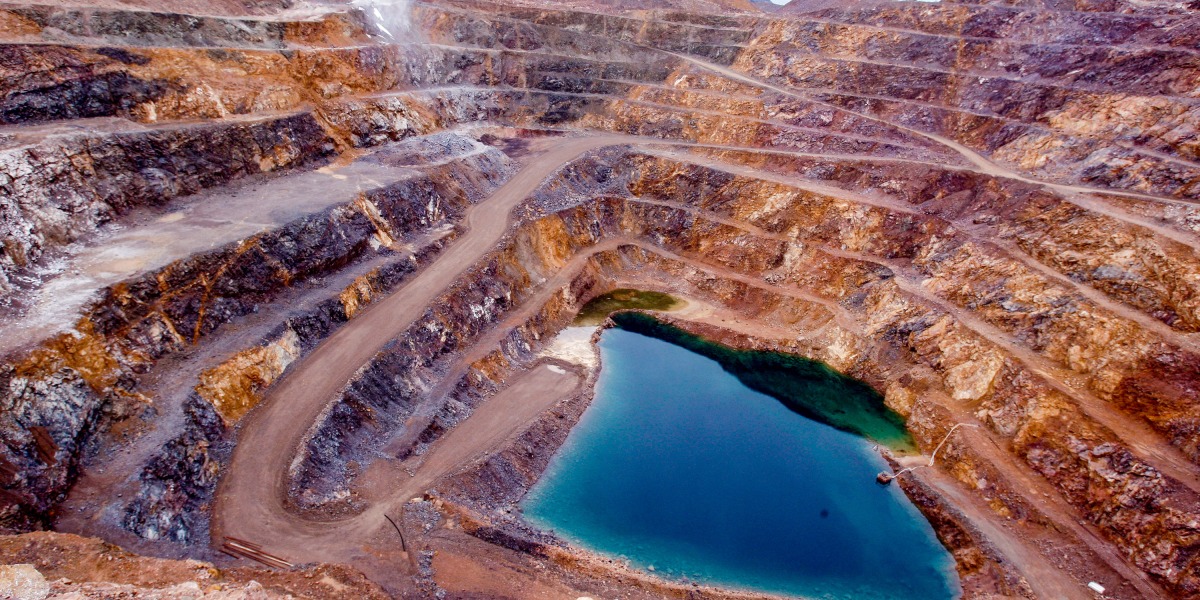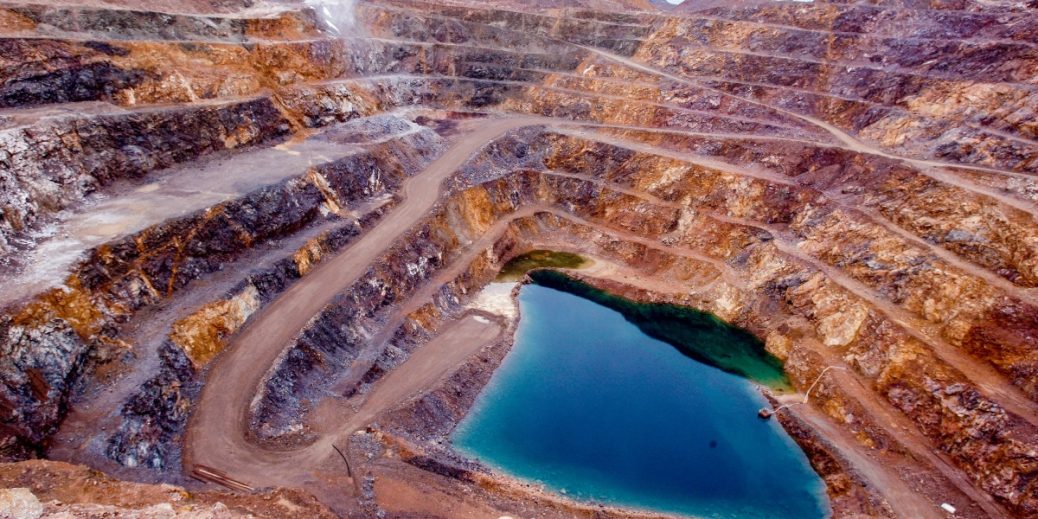
China has come to dominate the market in recent years, and by 2017 the country produced over 80% of the world’s supply. Beijing achieved this by pouring resources into the study and mining of rare-earth elements for decades, building up six big state-owned firms and relaxing environmental regulations to enable low-cost and high-pollution methods. The country then rapidly increased rare-earth exports in the 1990s, a sudden rush that bankrupted international rivals. Further development of rare-earth industries is a strategic goal under Beijing’s Made in China 2025 strategy.
The country has demonstrated its dominance several times, most notably by stopping all shipments of the resources to Japan in 2010 during a maritime dispute. State media have warned that China could do the same to the United States.
The US and other Western nations have seen this monopoly as a critical weakness for their side. As a result, they have spent billions in recent years to get better at finding, mining, and processing the minerals.
In early June 2022, the Canadian mining company Appia announced it had found new resources in Saskatchewan. Within weeks, the American firm USA Rare Earth announced a new processing facility in Oklahoma.
Dragonbridge engaged in similar activity in 2021, soon after the American military signed an agreement with the Australian mining firm Lynas, the largest rare-earths company outside China, to build a processing plant in Texas.





Recent Comments